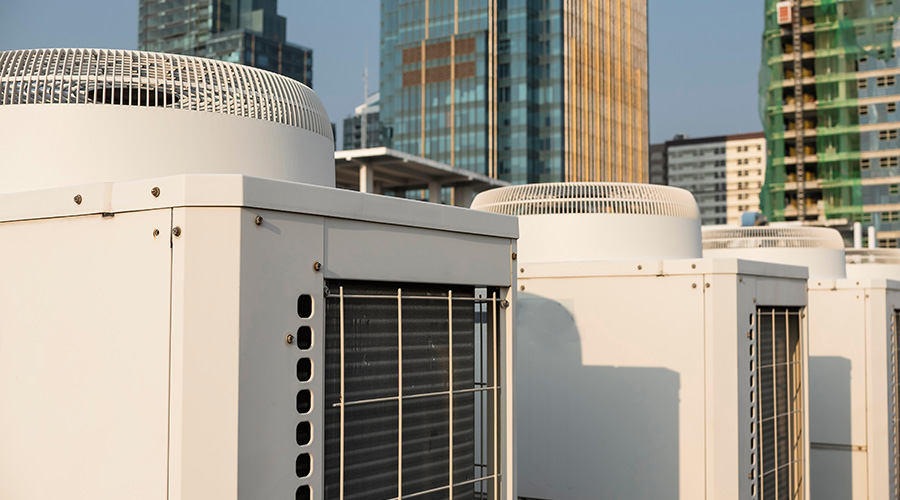Federal Government Should Spend More on Green Building Research, Report Says
Federal research dedicated to green building practices and technologies is disproportionately low when compared to the energy buildings consume and the greenhouse gases emitted, a new study has found.
By CleanLink Editorial Staff
Federal research dedicated to green building practices and technologies is disproportionately low when compared to the energy buildings consume and the greenhouse gases emitted, a new study has found.
The report,
Green Building Research Funding: An Assessment of Current Activity in the United States, has found finds that research related to high-performance green building practices and technologies amounts to only 0.2 percent of all Federally funded research – an annual average of $193 million per year (2002-2005) and only 0.02 percent of the estimated value of annual U.S. building construction and renovation.
Meanwhile, building operation consumes 40 percent of energy and 71 percent of the electricity in the U.S., and accounts for 38 percent of the country’s carbon dioxide emissions, which is directly influencing global climate change.
“Funding levels are not proportionate with the level of impact that the built environment has on our nation’s economy, environment and quality of life,” says Gail Brager, Chair of USGBC’s Research Committee. “Elevated research efforts will enable a major shift in design, construction, renovation and operation practices necessary to facilitate large scale improvements to health and environmental conditions.”
USGBC initially recommends that the two Federal agencies with the primary function of funding academic research—the National Science Foundation and the National Institute of Health—direct at least 2 percent of their research budgets toward issues related to green building research, development and technology transfer in the near term.
For the purpose of having a simple benchmark, the USGBC Research Committee proposes a total conservative investment for Federal funding of 0.10 percent of annual construction value ($1 trillion), or $1 billion (based on 2004 data).
In addition, states should follow the lead of New York and California, which provide unique and positive models for the distribution of state and utility monies for research on increasing the energy and resource efficiency of the built environment.
Related Topics:











